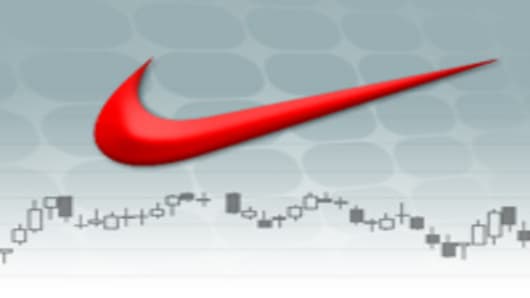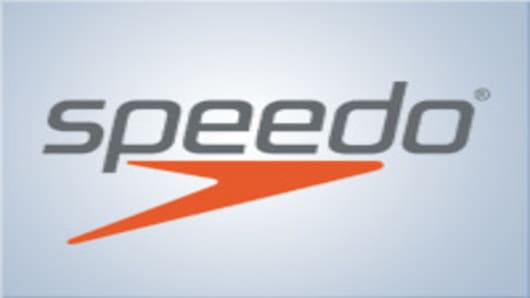While Nike had its expected share of disappointments at the Summer Olympics in Beijing (given the sheer amount of athletes and countries they sponsor) -- most notably, American track stars Bernard Lagat, Asafa Powell and Chinese hurdler Liu Xiang -- Nike's biggest disappointment just might have been the fact that it couldn't make a competitive swimsuit to compare to the Speedo Fastskin LZR Racer. Nike insiders have always contended that the company has prided itself on making the best for elite athletes.
Instead, Nike told its endorsed Olympic swimmers, including Cullen Jones, Jason Lezak, Aaron Piersol and Brendan Hansen, that they wouldn't be penalized if they wore Speedos during the Olympics and all of them did. Other swimwear brands, including Tyr, Mizuno, Arena and Adidas, also had their problems with contracted swimmers -- who felt they couldn't break world records without wearing the Speedo suits. In the end, more than 90 percent of swimmers who picked up a gold medal in the pool in Beijing wore a Speedo suit.
Nike unveiled its Swift swimsuit line before the games in Athens and released the Nike Swift Amp'd this spring before Beijing. But it now appears like that will be the last effort in what is termed the championship space unless top officials in certain areas of Nike's footprint around the world decide that it's worth it for them to override Nike's decision in Beaverton, Ore., and devote their research and development and marketing budget towards continuing to evolve the swimsuit in Nike's name.
What is clear is that it is unlikely that Nike will sign any new swimmers once most of their deals run out at the end of 2008. That's disconcerting to both athletes and their agents. With Nike out of the game, their negotiating leverage is significantly reduced.
"Nike getting out of the championship swimming market is the death of American elite swimming as we know it," said Olympic superagent Evan Morgenstein, who represents almost every elite swimmer under contract with Nike. "Some swimmers make 95 percent of their income in non-Olympic years from these apparel deals. If one of only three major players is out (Nike) and the market leader (Speedo) feels its in a position where they don't have to pay much as long as they have the best suit, the financial model that most Olympic swimmers have lived by since 2000 is over."





